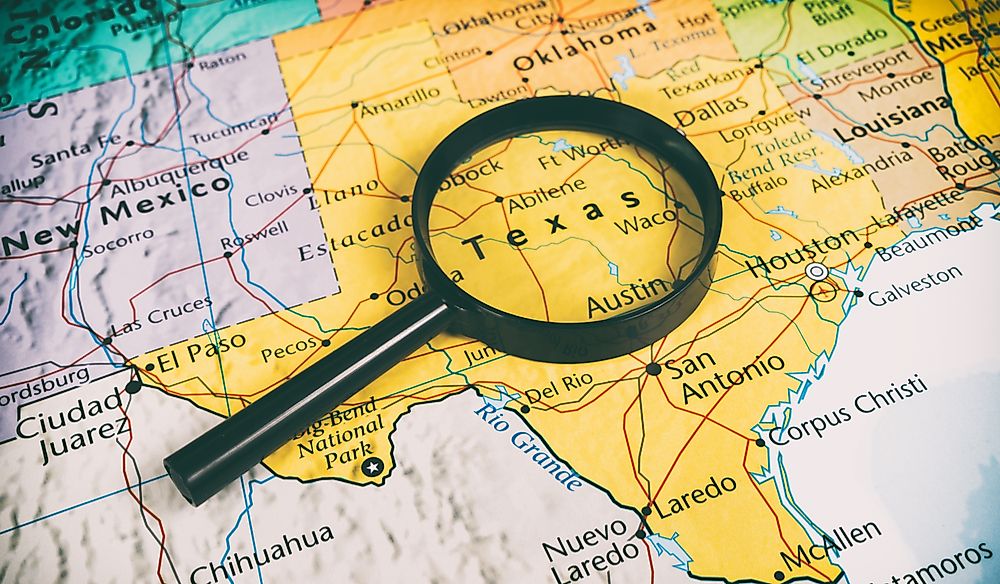How Big Is Texas?

Texas is situated in the Deep South region of the United States. Texas is surrounded by the Gulf of Mexico, four Mexican states (Tamaulipas, Coahuila, Chihuahua, and Nuevo Leon), and four American states (Oklahoma, Louisiana, New Mexico, and Arkansas). It is nicknamed the "lone-star state" due to its previous status as an independent republic. Some of the main cities in Texas include Dallas and Austin (the state capital and second most populous Texan city). Texas is the second largest state by both area and population.
Size of Texas
Texas is the second biggest state in the United States occupying an area of about 268,581 square miles. The state has an average length of about 790 miles and a width of approximately 773 miles. It is twice as large as Japan or Germany and 10% bigger than France. If Texas was a nation, it would be the fortieth biggest country in the world right behind Zambia and Chile. Texas is ranked twenty-seventh globally amongst the nation’s sub-division by size. The longest straight distance in the state is the from Rio Grande River to the northwestern corner of the panhandle (801 miles). The width from Orange to El Paso is about 762 miles. The state is so large that El Paso, Texas is closer to San Diego, California than it is to Houston, Texas. Similarly, Orange, Texas is closer to Jacksonville, Florida than it is to El Paso, Texas. Texas occupies roughly 7% of the land and water area of the United States.
Geography
The Texan border is defined by various rivers. River Sabine forms a part of the Louisiana-Texas border. The Red River forms part of the Texas-Arkansas and Texas-Oklahoma borders. The Rio Grande runs on the boundary between Texas and the Mexican provinces.
Texas has fourteen soil zones, ten climatic regions, eleven distinct ecological regions, and two time zones (Mountain and Central time zones). The state is split into various regions from the west to southwest; the Range and Basin province, Great Plains, Interior Plains, and the Gulf Coastal Plains. The Gulf Coastal Plains of Texas stretch from the Mexican Gulf to Easter Cross Timbers and Balcones Fault. The Great Plains includes Llano Uplift, Toyah Basin, Edwards Plateau, the Panhandle, and Llano Estacado. The Basin and Mountain regions are in the western parts of the state, and it includes the Davis Mountains in the east and the Rio Grande.
Texas has 15 significant rivers and 3,700 named streams. The Rio Grande is the largest river in Texas. Other chief rivers include Red, Colorado, Brazos and the Pecos rivers. Even though the state has very few natural lakes, the locals have constructed over a hundred artificial reservoirs.
Wildlife
A wide array of insects and animals live in Texas. Texas is home to 213 amphibians and reptile species, 65 mammals, and a wide diversity of the American birdlife. There are over 590 bird species in the US, and about 12 species are known to reproduce in Texas. The state has designated the Texas toad as the state amphibian and the bluebonnet as the state flower.











